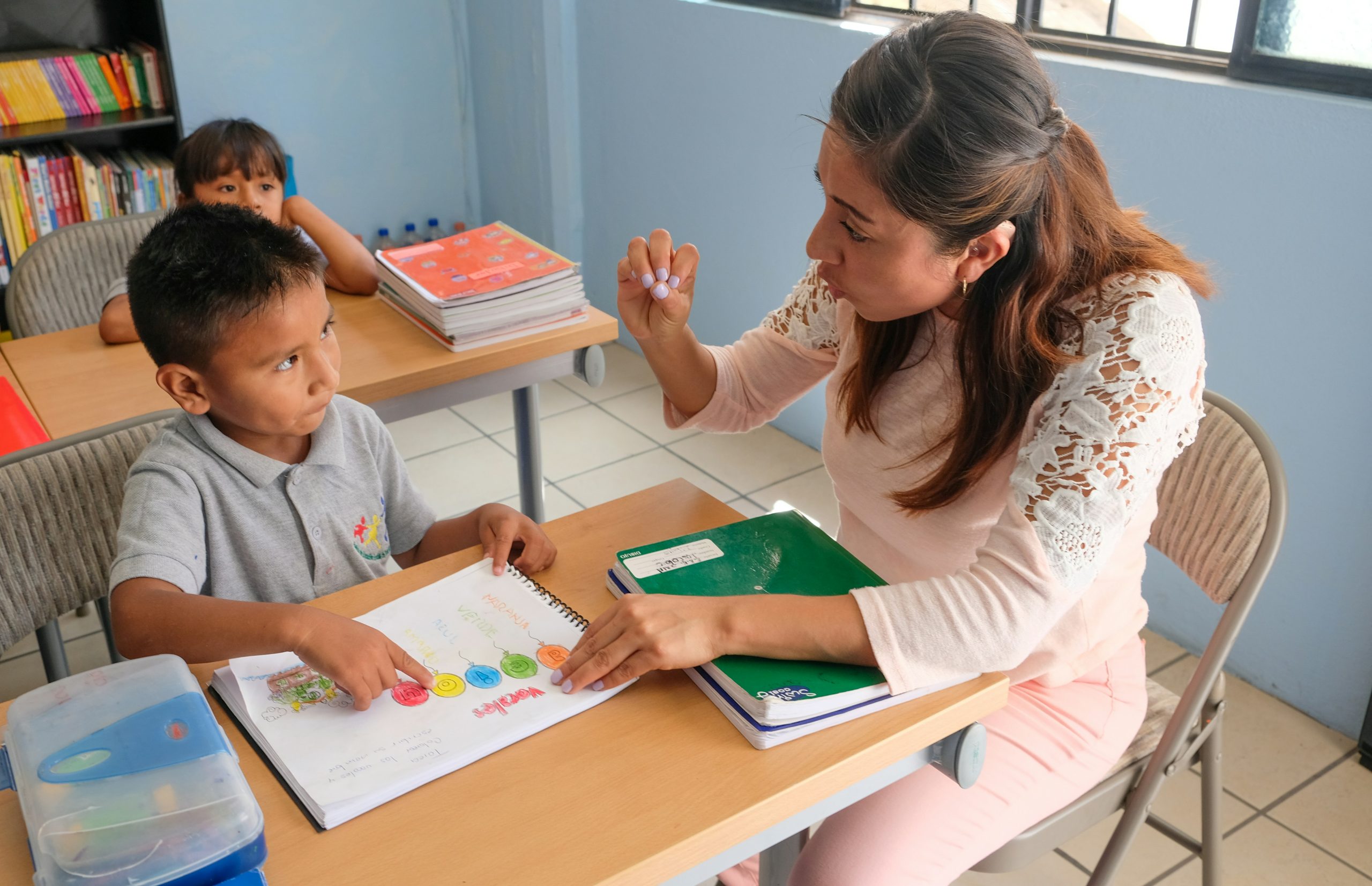Chapter 4 – From Eligibility to IEP
The Individualized Education Program (IEP) is a collaboratively developed, customized plan for each student who qualifies for special education under the Individuals with Disabilities Education Act (IDEA; 2004). The IEP must be developed within 30 calendar days of the initial eligibility determination and updated at least annually (VDOE, 2023). Additionally, an IEP must be in effect at the beginning of every school year. Following the three-year reevaluation process, the IEP team must make any needed revisions to the IEP within 30 calendar days of the determination that a student continues to qualify for special education services (VDOE, 2023).

The IEP is developed by a collaborative team that includes the parent(s), a general education teacher of the student, a special education teacher of the student, related service providers (when appropriate), a local education agency representative (i.e., administrator), and someone who can interpret assessment results (IDEA, 2004). Students should be included in the process whenever possible and must be included in the IEP meeting whenever secondary transition planning is discussed. One individual may serve more than one role in the meeting. For example, a special education teacher can likely interpret assessment results. Of note, the local education agency representative must be qualified to deliver or supervise specially designed instruction for students with disabilities, understand general education curriculum expectations, and be knowledgeable of school division resources such as staffing, funding, and available programs (Regulations, 2010/2021).
The IEP team is expected to use data from the multidisciplinary special education evaluation, as well as additional information about student performance from formal and informal assessments to develop an IEP that provides Free and Appropriate Public Education (FAPE) in the Least Restrictive Environment (LRE). The U.S. Supreme Court decision in the Endrew F. case, makes it clear that the IEP must be designed to enable the student to make more than minimal progress (USDOE, 2017). The components of the IEP are well defined by IDEA (2004). The IEP document must include:
- Present Levels of Academic Achievement and Functional Performance (PLAAFP) – This is a data-based description of the student’s baseline performance and should identify both strengths and weaknesses related to traditional academic content and routine activities of daily living. The PLAAFP should address how the student’s disability impacts engagement and progress in the general education curriculum (VDOE, 2023). The PLAAFP provides the foundation for all subsequent elements of the IEP.
- Annual Goals – The IEP team develops goals that address the student’s academic and functional needs as identified in the PLAAFP. Goals must be designed to support progress in the general education curriculum. Goals must be measurable, observable, and objective and designed to be achieved in one year or less. In some cases, annual goals are broken down into benchmarks or short-term objectives. Benchmarks are performance “milestones” that are expected to be met at designated points across the school year. For example if an annual goal specifies that a student will read at a rate of 120 words correct per minute (wcpm) at the end of one year, a benchmark might specify that the student reads 90 (wcpm) at the end of the first semester, 100 wcpm at the end of the second semester, and 110 wcpm at the end of the third semester. Short-term objectives are foundational skills that a student needs to acquire to achieve an annual goal. For example, if a student has an annual goal of solving 3-digit subtraction with regrouping, a short-term objective might include solving 3-digit subtraction without regrouping.
- Progress Monitoring – The IEP must describe how progress toward the IEP goals will be measured and reported. IDEA (2004) and Virginia regulations (2010/2021) specify that IEP progress must be reported at least as often as general education peers are notified of progress (e.g. interims, report cards, etc.). Progress monitoring tools should be valid, reliable, and sensitive to change in student performance. It is important to consider progress monitoring tools when drafting and finalizing IEP goals.
- Accommodations or Modifications – Based on the student’s needs and goals, the IEP team determines the accommodations or modifications that may be needed to allow the student to participate in the general education curriculum, demonstrate their knowledge, and make progress toward their individualized goals. Accommodations are changes to materials, instructional methods, the environment, or an assessment that do not substantially alter the grade-level curricular expectation. Conversely, modifications are changes that reduce the grade-level curricular expectation (Clayton & Jenkins, 2021).
- Participation in State or District-Wide Assessments – The IEP team determines how the student will participate in state and/or district-wide assessments. Assessment options generally include participating without accommodations, participating with accommodations, or participating in a modified version of the assessment. In some cases an IEP team may determine that a student will not participate in a specific district-wide assessment. (In Virginia, this option does not exist for the Standards of Learning assessments). If the student is going to participate in a modified version of the assessment or be exempt from a specific assessment, the team must provide a clear rationale for that decision based on the student’s characteristics.
- Special Education and Related Services – Once all decisions are made about a student’s goals, accommodations, and assessment plan, the team determines how and where special education services will be provided. All services must support annual goals and progress in the general education curriculum. Special education services include specially designed instruction provided by a certified special education teacher or under the direct supervision of a special education teacher. Related services are provided by other educational specialists and may include transportation or other supports (e.g., speech language therapy, occupational therapy, audiology, adapted PE) needed to allow a student with a disability to benefit from their other special education services. Both special education and related services must be provided in the LRE. The team must consider the general education classroom as an option and determine if student needs can be met in that setting with or without added supports. If the team chooses to provide special education services in a setting other than the general education classroom, the IEP must include a rationale for the decision that is based on the student’s unique needs and learning characteristics.

IEPs are complicated documents that require thoughtful planning. In many cases, the school team will develop a draft of the IEP in advance of the team meeting. In Virginia, school teams are required to provide a copy of the drafted IEP to parents at least two business days before the meeting (Regulations, 2010/2021). This practice is intended to make sure that parents have the opportunity to make meaningful contributions to the educational plan. It is good practice for the case manager, or the individual who composed the draft, to communicate with the parents prior to the meeting to seek their input, encourage questions, and invite ideas.
During the IEP meeting, the team will generally review the draft making refinements based on collaborative conversation. It is not necessary that all IEP members be in complete agreement about every aspect of the IEP. The local education agency representative is responsible for seeking consensus and ensuring that the school team proposes an IEP that meets the requirements of FAPE. Once the meeting is over, parents are provided with Prior Written Notice and given the opportunity to provide consent for the proposed IEP. In Virginia, parents must give written consent for every IEP before it can be implemented. Once parents provide consent for the IEP, school leaders are responsible for making sure that all of the student’s teachers and service providers have access to the document and are aware of their specific responsibilities related to implementation (Regulations, 2010/2021).
